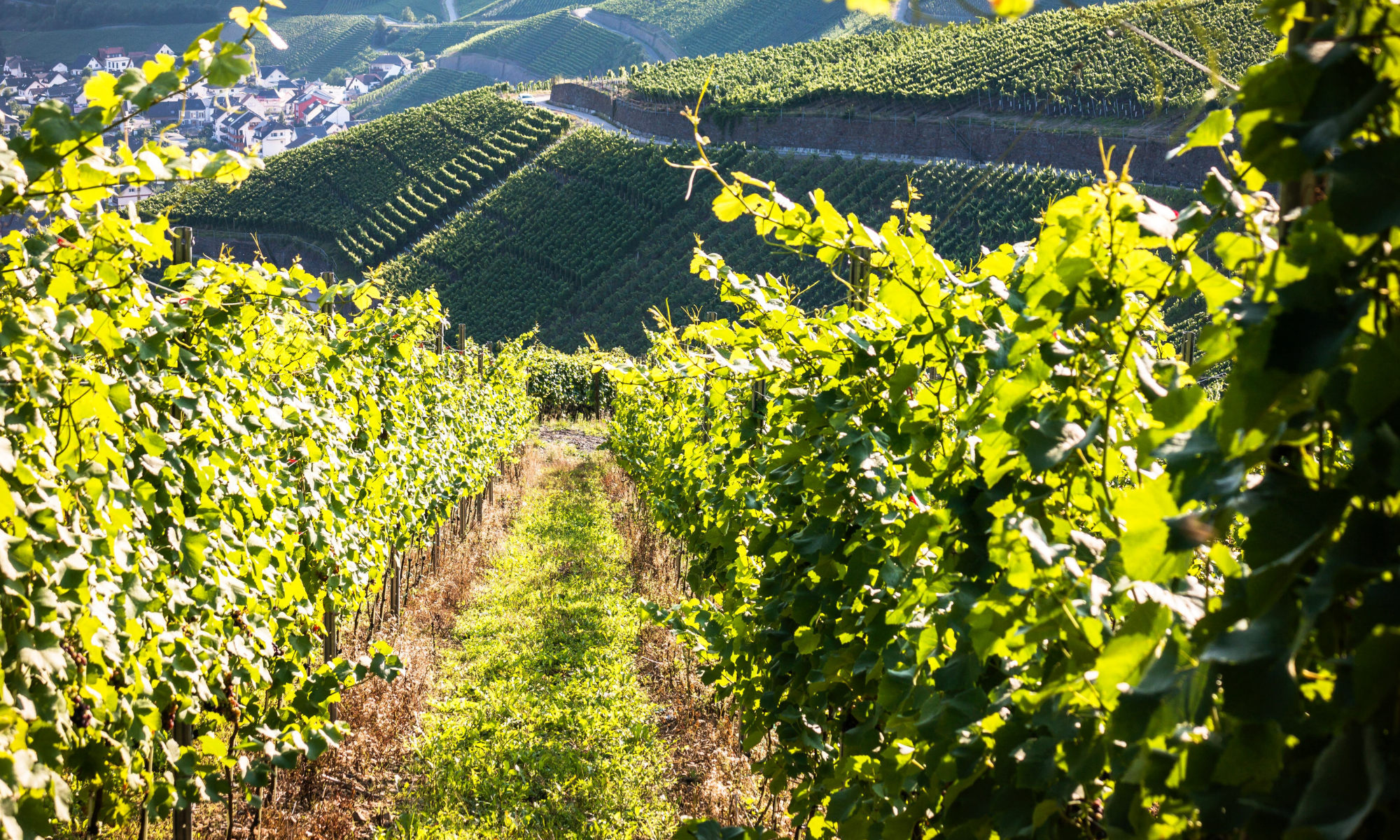 Nomad Press has a fun new series out called Renaissance for Kids. The books in this series invite readers to dive into the Renaissance period and learn about inventors, thinkers, explorers, and artists. The series includes plenty of hands-on STEAM activities… Science, Technology, Engineering, Art, and Math.
Nomad Press has a fun new series out called Renaissance for Kids. The books in this series invite readers to dive into the Renaissance period and learn about inventors, thinkers, explorers, and artists. The series includes plenty of hands-on STEAM activities… Science, Technology, Engineering, Art, and Math.
Titles include: The Renaissance Artists, The Renaissance Explorers, The Renaissance Inventors, The Renaissance Thinkers. Written for young people ages 10-15.
Included in the volume on “thinkers” are Nicolaus Copernicus and Francis Bacon. “Being a scientist during the Renaissance could be a lonely business,” writes author Diane Taylor. “There were no graduate students to hang out with, no research institutes to work at, and no conferences to attend.”
Copernicus watched the night sky. He was an astronomer and noticed that not everything circled the earth once a day. Planets, for example, seemed to wander back and forth. He also suggested that the earth orbited the sun – a break with what people thought, that the sun went around the earth.
Francis Bacon is often called the “father of science”. Born in 1561, he was a gifted and prolific writer. He was passionate about science, and thought deeply about how scientists can know when they have discovered the truth of something. He developed a scientific method:
- make an observation
- ask a question
- form a hypothesis
- conduct an experiment
- analyze the results
Sounds familiar to anyone who’s taken a science class. But in the 1600s scientists didn’t follow any sort of rigor that would lead to reliable results. So Bacon’s ideas were novel.
STEAM projects in this book include drawing with linear perspective, building a supportive arch, and creating your own Utopia.
 The “inventors” include Johannes Gutenberg (printing press), Leonardo da Vinci (artist and engineer), Gerardus Mercator (mapping the world), and Galileo Galilei (astronomy and math). These inventors opened up the world for exploration and sharing information.
The “inventors” include Johannes Gutenberg (printing press), Leonardo da Vinci (artist and engineer), Gerardus Mercator (mapping the world), and Galileo Galilei (astronomy and math). These inventors opened up the world for exploration and sharing information.
Prior to a printing press, books were transcribed by hand, and few people had access to them. Once people could mass produce words there were bibles, flyers, news broadsides, and eventually pamphlets in which scientists could share their findings.
da Vinci’s sketchbook contains designs for helicopters and submarines, airplanes and cars. Pretty cool, considering he died in 1519!
STEAM projects in this book include building a parachute, making a pendulum, making a map, printing, and playing around with mirror writing.
“Renaissance artists” introduces readers to Michelangelo, Raphael, Botticelli and more, and invites kids to make their own paint using eggs.
“Renaissance explorers” include Vasco da Gama, Ferdinand Magellan, and others. Kids can make a working compass, build a beacon, create and hourglass, and invent a travel board game.
What I like about these books: They include timelines for each person, provide great biographical details, and mention other scientists, inventors, artists, and explorers living at the same time. Sidebars present quick facts, additional information about the culture, and raise questions for curious readers.

It’s STEM Friday! (STEM is Science, Technology, Engineering, and Mathematics)
Copyright © 2018 Sue Heavenrich All Rights Reserved.








 Octopus Escapes! by Nathaniel Lachenmeyer; illus. by Frank W. Dormer
Octopus Escapes! by Nathaniel Lachenmeyer; illus. by Frank W. Dormer



 Nomad Press has a fun new series out called Renaissance for Kids. The books in this series invite readers to dive into the Renaissance period and learn about inventors, thinkers, explorers, and artists. The series includes plenty of hands-on STEAM activities… Science, Technology, Engineering, Art, and Math.
Nomad Press has a fun new series out called Renaissance for Kids. The books in this series invite readers to dive into the Renaissance period and learn about inventors, thinkers, explorers, and artists. The series includes plenty of hands-on STEAM activities… Science, Technology, Engineering, Art, and Math. The “inventors” include Johannes Gutenberg (printing press), Leonardo da Vinci (artist and engineer), Gerardus Mercator (mapping the world), and Galileo Galilei (astronomy and math). These inventors opened up the world for exploration and sharing information.
The “inventors” include Johannes Gutenberg (printing press), Leonardo da Vinci (artist and engineer), Gerardus Mercator (mapping the world), and Galileo Galilei (astronomy and math). These inventors opened up the world for exploration and sharing information.




 Path to the Stars, My Journey from Girl Scout to Rocket Scientist
Path to the Stars, My Journey from Girl Scout to Rocket Scientist